The Mayan Ruins of Tikal
Hundreds of years ago a booming civilization fought its way to become a major empire with massive architectural achievements, sprawling cities, and a stunning system of roadways hacked through the lush jungle underbrush. Each one of these accomplishments would be impressive, even by today’s technological standards and yet all of them combined and carried out over a thousand years ago? Truly spectacular!
Like any good adventure, my exploration of Tikal started curled up in my top bunk bed at Los Amigos Hostel in Flores, Guatemala. While the more hardy (morning people) had opted for the 5 O’clock bus to Tikal, I’d debated it…considered the rainy weather we’d been having and instead opted for the 6:45 bus. While not terribly early, for a late riser like myself it presented a small challenge: The two items I’d completely forgotten to pack were a watch and an alarm clock. The good news was that about half way through the trip I realized that if I set my camera time correctly, that I could use the internal clock on my camera as a watch – I’m not sure why/how but this seemed like a better option than locating a cheap $10 watch somewhere. While somewhat awkward this solved one of my two problems – but still left me relying on my internal clock in place of an automatic alarm. Whoops!
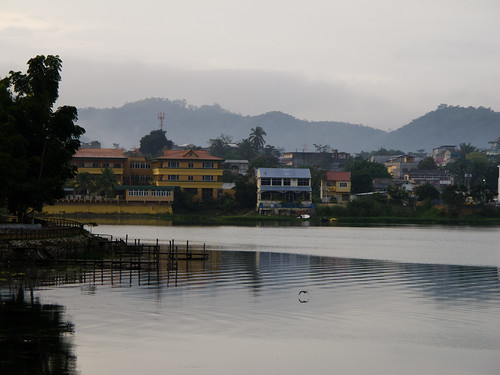
Driven in part by anxiety I was up and ready to go by 6:15, which left me with plenty of time to wander around the hostel before finding my way down to the lake shore. The view that awaited was delightful. Though a bit after sunrise the water was smooth, the light soft and the clouds misty. I quickly tracked down the spot where I’d been informed my tourist colectivo (not to be confused with the authentic styled colectivo I wrote about previously) would pick me up and take me the 45 minute drive to Tikal. The drive itself was enjoyable despite a light rain.
By the time we arrived at the main complex and began to exit the bus, the rain had stopped – which given my lack of an umbrella was probably a lucky stroke. While most of the others wandered off to find coffee or breakfast, I set off straight for the park. After purchasing a surprisingly expensive ticket (I believe it was about 150 GTQ or $20 USD) I began my extensive exploration of the park. The park itself is massive and could easily take an entire day to explore. The distances between major ruins is surprising, the winding paths through the jungles confusing, and the lush underbrush exciting.
Tikal’s history is fascinating. The earliest parts of the city are said to be more than 4,000 years old, while the majority of the city was built and occupied within the last 3,000 years – predominantly between 600BC and 900AD. Despite evidence that Tikal was conquered by Teotihuacan (located in modern day Mexico), the city served as a major military, economic and governmental power for the majority of its existence. It is believed that at its peak, the city and surrounding area may have been home to at least 120,000 people, with potentially as many as 400,000+ in the surrounding 20 mile area.
My first stop was at the initial fork in the road. There I was greeted by three paths – one to the left, right and one straight ahead. Located directly to the left of the central path was a large map of the entire complex (click it to enlarge). Eager to save a few dollars – I’d opted out of buying a map. Instead I took a digital photo of the map, which I would later refer back to as I wandered through the complex.
As a quick aside: The more I travel the more heavily I rely on my camera as a note taking device. My main uses include photos of maps and photos of pages in guide books, but as mentioned earlier, I’ve even used it as a watch. The potential is nearly limitless. It’s a great way to store information and keep it readily (and easily) accessible.
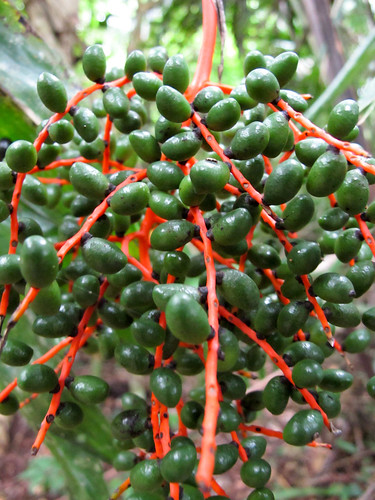
Eager to stay as far away from the crowds as possible, I opted to go left and work my way clockwise around the ruin complex. This path took me through a long stretch of mostly untouched jungle where I was kept company by the natural sounds of the jungle, odd looking wild plants and a number of bored spider monkeys.
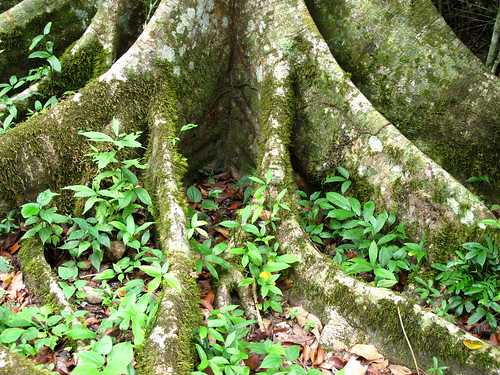
Luckily, I’d arrived early enough that I’d beat most of the crowds. As a result I didn’t run into another human being until some 50 minutes in. The opportunity to walk in the footsteps of the ancient Mayans, isolated in the jungle was an energizing and slightly mystical experience.
Eventually, just as I’d begun to wonder if I had taken a wrong turn I came upon Temple VI. A medium sized pyramid, heavily covered in moss and light vegetation. It was the first real Mayan pyramid I’d seen since my exploration of Tulum in Mexico two weeks earlier. My limited frame of reference allowed me to appreciate its size, scope and beauty – all of which was impressive, but would later seem modest in comparison to the ruin’s other structures.
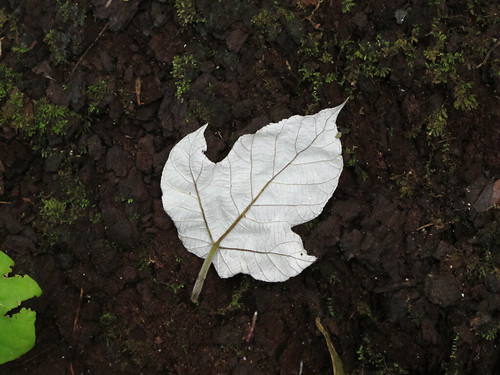
Eager to see more I struck back east towards the Palacio de las Acanaladuras. A low, sprawling structure – perhaps some two stories in height, it had winding hallways that cut through the tick walls, small three sides rooms, a central common area in the middle, and what appeared to be an amphitheater like area carved into the side of the hill. The Mayan architecture itself is somewhat difficult to describe. There are parts of it that have a natural elegance, but the general feeling I got from it was one of….solidity. The buildings, due to the way they’ve been built both look and generate a feeling of density and permanence. Not all that unlike the feeling one might get when looking at a mountain. It’s there, it’s been there and heaven help the person or natural elements that try to move it.
My next stop was at Temple V. Hands down the most impressive of the Pyramids and Ruins in the Tikal Complex. Temple V is a stunning 187 feet and stands as the second tallest in the complex behind only Temple IV at 230 feet. Unfortunately, due to the weather I didn’t make it to Temple IV – though I was able to see it in its complete splendor from the top of Temple V.
Though they’ve blocked the use of the stone stairway on Temple V, they’ve installed an incredibly steep – nearly vertical – 150+ foot staircase to the viewing platform near the top of Temple V. For those intrepid souls willing to trust their luck on the wet wood and narrow steps, it’s a heart pounding, leg burning climb to the top. Once there, however, the views are spectacular.

The cloudy weather, accompanied by the briefest of light rains ended up being a wonderful boon. Once moving it lowered the temperature to near t-shirt weather, while the humidity in the air added a crisp freshness and the periodic light rain brought out all of the rich greens, browns and yellows in the foliage.
Blown away by the incredible beauty of the wild jungle as it swept away into the distance before fading gently into the mists, I paused on top of Tempe V to enjoy the moment, let the entirety of the experience soak into my core, and to reflect on the wonderful opportunity I was experiencing.
The platform at the top of Pyramid V is an interesting experience. The very front has been completely restored and ranges between 2ft-5ft wide. The challenge of course comes in the narrower sections when trying to pass other tourists. At 170 feet up, without any safety rails or ropes – it’s definitely a “watch your step” moment. For those feeling a little gutsy, it’s possible to wrap around to the side of the pyramid (pictured earlier). There the ledge quickly fades into crumbling rock and steep drop as it transitions from the restored half of the pyramid, to the back two sides which are still crumbling and inaccessible.
The vista itself was spectacular. Clean Air. A crisp freshness to the slight breeze. The gentle kiss of humidity. Sprawling jungle in every direction. A powerful sensation: Life.
After a long stay on top of Pyramid V I eventually gathered my thoughts and set off to see what other wonders Tikal held. The trip back down the stairs was hair raising. The age old question quickly presented itself – is it better to go forward or backward? I opted for a mixture of the two, trying to pace myself and forcing a pause at each of the platforms to stop, look out, and wait for the person below.
My path led me up past Mundo Perdido and a large series of medium sized structures to a partially restored, mid-sized, pyramid which I was able to climb before wrapping back to the south towards the central Acropolis.
The Central Acropolis is a sprawling series of ruins which are home to a large raised structure as well as two large pyramids sitting at opposite ends of a courtyard which delivers stunning acoustics. One of the two has a large ledge about halfway up which has been stabilized to serve as a viewing platform. The other remains unscalable. The scope of the Central Acropolis is spectacular and truly a tribute to what must have been an incredibly powerful, economically successful and technologically advanced civilization.
The ruins are famous for the wildlife, particularly the howler monkeys which seem to have a fondness for the ancient stone buildings and their acoustics. Unfortunately, due to weather and timing I missed both the Howler Monkeys and the Wild Toucans. I did, however, have the opportunity to see wild Spider Monkeys, Coatis (a weird type of long nosed raccoon), Leaf Cutter ants and vibrantly colored wild Turkeys.
Why mention wild turkeys? If you’re like me, you probably typically think of turkeys as rather unimpressive, with subdued, lack-luster coloring. Definitely not the case in Tikal. In many ways they reminded me of a Central American version of the pheasants common in many European castles and palaces. Their coloring was fantastic and even their heads and skin had an exotic blue/orange coloration. Looking back through my photos, I think I ended up with nearly as many shots of the turkeys as I did of the Central Acropolis, though as fascinating as the turkeys were – the Acropolis was far more impressive.
With stiff legs and a growling stomach I made my way back towards the entrance. Pausing briefly to take in one last view of the ancient pyramids before walking the half mile or so back to the car park, where I caught one of the noon buses back through the rain to Flores.
Tikal was easily one of the most incredible things I’ve ever experienced. The scale, the scope, the technology and the terrain all combine to create a magical experience. One I highly recommend to anyone planning on exploring Central America.
Comments or questions? Don’t hesitate to post them here! As always, thanks for reading!
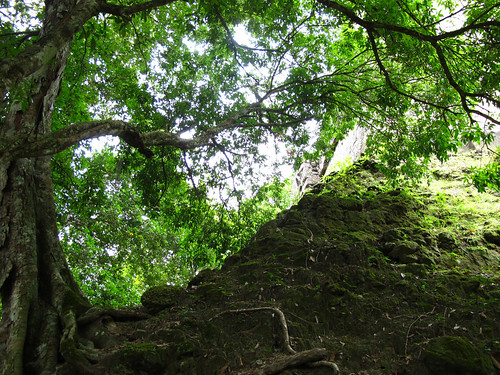
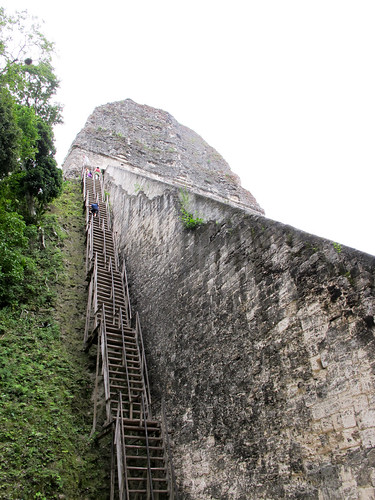
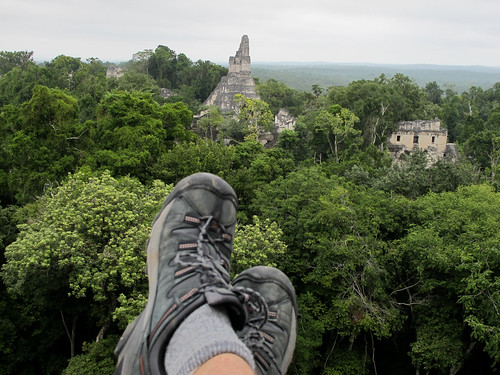
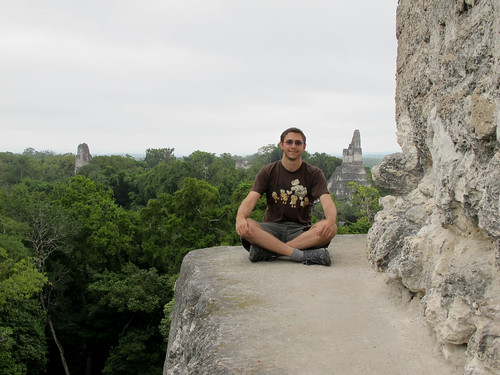
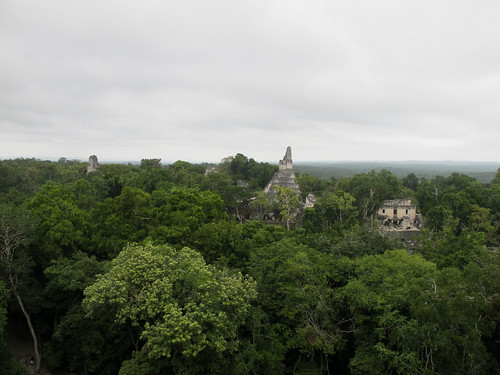
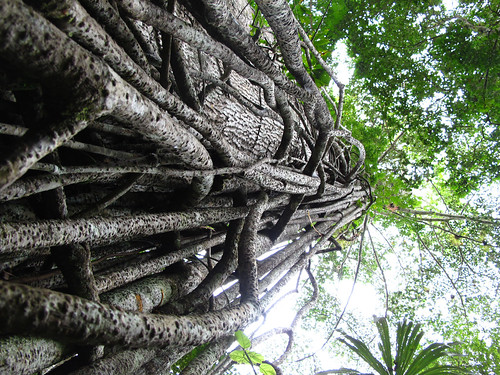

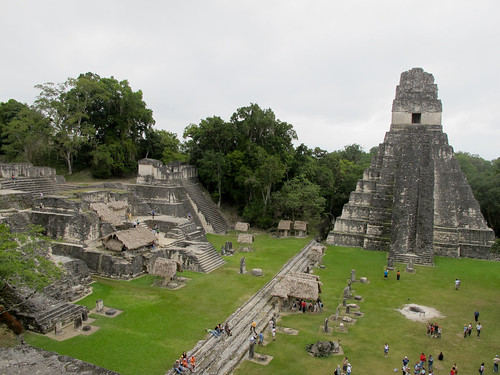

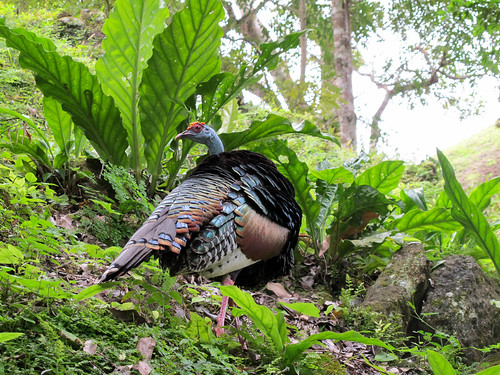

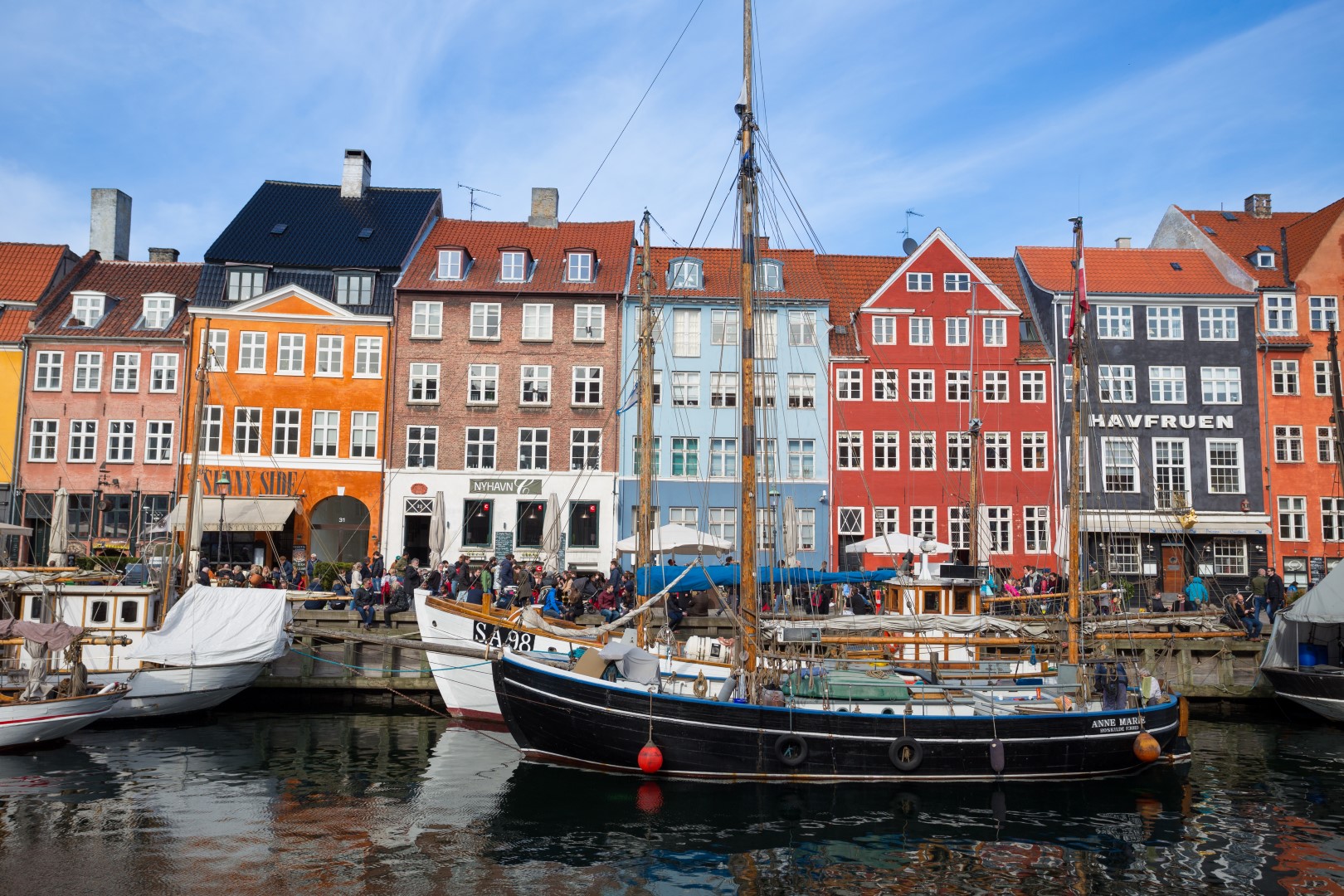
Awesome place and picture. The Mayan Ruins of Tikal is great history place in the world.
Thank you! It really is stunning!
Awesome place and picture.I really want to see that place.
One of the greatest ruins in the region. Well worth seeking out!